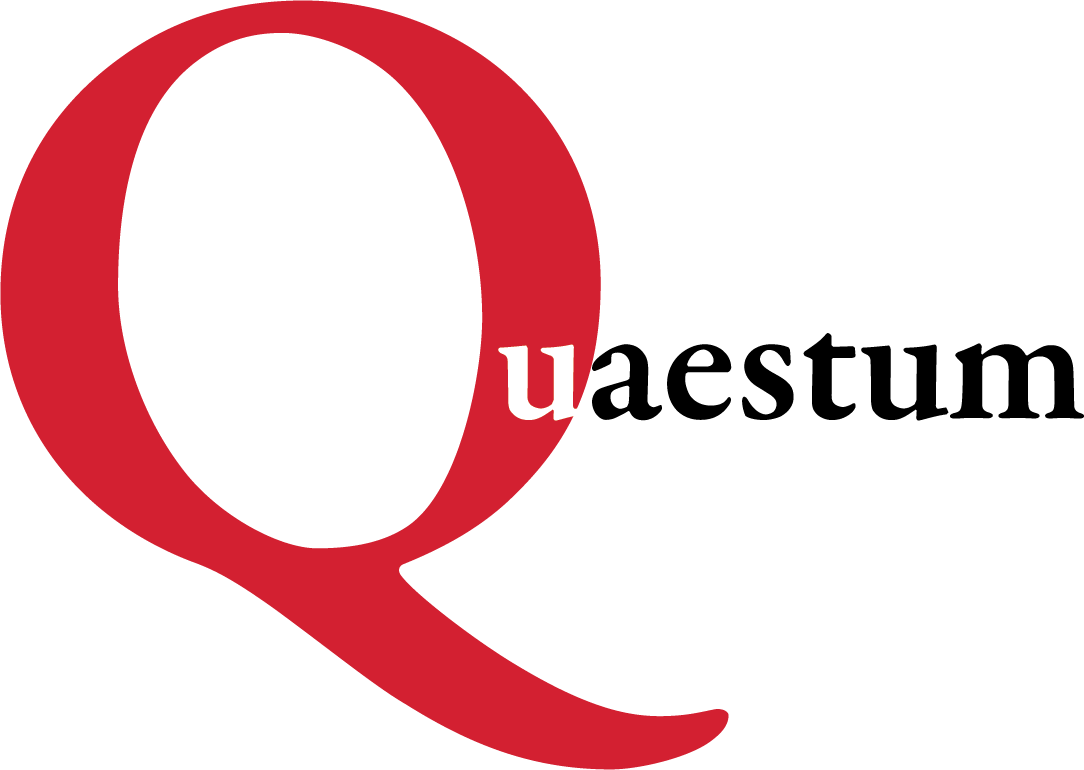In radiology department MRI data analysis and simulation on patient flow en appointment scheduling
In an era of increased pressure on costs in health care, cost-benefit implications, implications on patient safety and quality in care, rising demand for high quality medicine and delivering an excellent consumer
and patient experience, we urge to use more valued models to improve hospital / departmental management based upon the core of the organisation: optimal patient care.
Customers and patients desire short waiting times whereas service
providers want to maximize resources utilization. Long waiting time is not
uncommon in many service organizations and it is familiar especially in
outpatient departments.
Queues form when entities that request service, typically referred to as
customers (patients), arrive at a service facility (Radiology Department)
and cannot be served immediately upon arrival.
Queues are ubiquitous, particularly in healthcare delivery systems. At
the same time, queues are undesirable because delay in receiving needed
services can cause prolonged discomfort and economic loss when patients are unable to work and possible worsening of their medical conditions that can increase subsequent treatment costs and poor health outcomes.
This analysis will focus on the patient population and the patient-flow at the Magnetic Resonance Imaging Unit (MRI) at a Department
of Medical Imaging, consisting of mainly an ambulant patient population.
Base upon the data analysis findings and process analysis and their interpretation we try to have an insight in the actual timing in order to improve time scheduling in the future with elective planning and patient flow at our MRI department.
Additionally and based upon this model, we will try to improve the overall exam-quality and the satisfaction of patients, referring physicians and employees, by reducing waiting times and optimal use of the
resources, people and equipment.
By reducing waiting times at the department, downsizing of over-time examinations and optimising occupancy, improve system throughput, we believe that it will benefit our performance and our efficient patient care.
This goal of this study is to decrease the throughput time (TTT) and the total service time (TST) of the diagnostic track (the outpatient visit with the
radiology request(s), the MRI examination(s).
We determine the current performance of the diagnostic track for MRI exams.
We will investigate with factors (variables) have to be changed in order to improve the throughput time, based upon the known constraints.
Based on this, we define different approaches, which improve the service levels for the throughput time of the diagnostic track.
